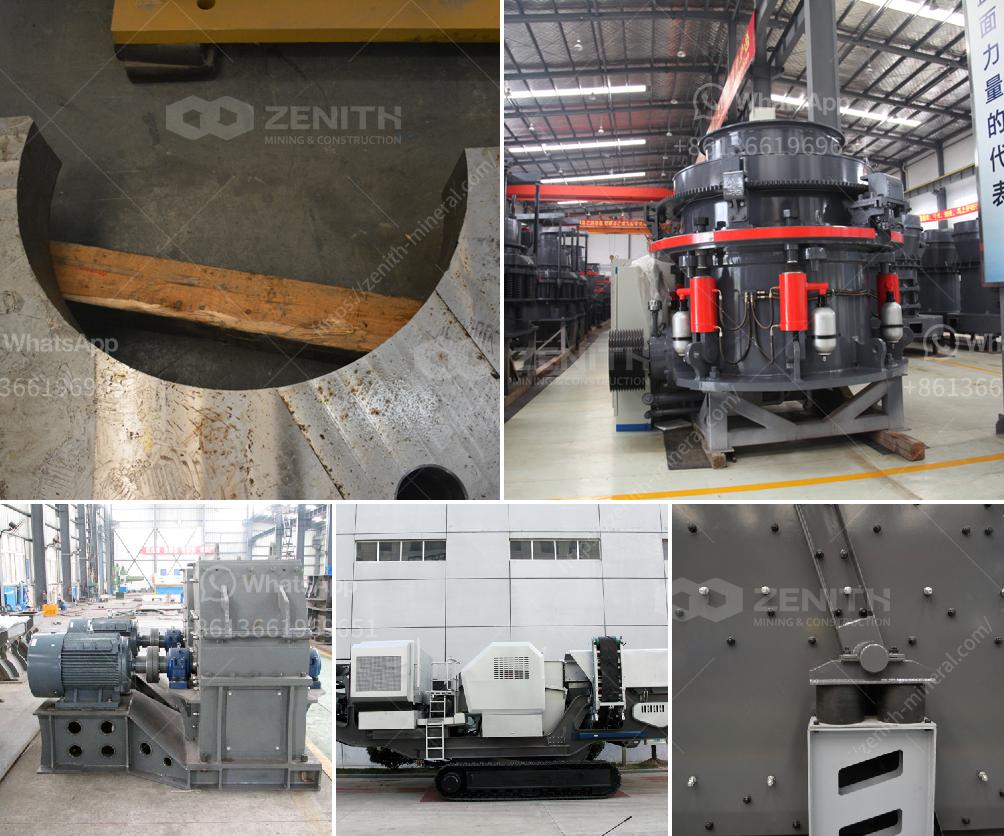Opening an aggregate mine involves a complex process that requires careful planning, adherence to regulations, and significant investment. Here are the detailed steps and considerations needed to open an aggregate mine:
1. Market Research and Feasibility Study
- Market Demand: Assess the demand for aggregate materials in the target market. This includes understanding the needs of construction companies, infrastructure projects, and other industries that use aggregates.
- Feasibility Study: Conduct a comprehensive feasibility study to evaluate the economic viability of the mine. This includes cost analysis, potential revenue, and return on investment.
2. Site Selection
- Geological Survey: Perform a geological survey to identify potential sites with rich aggregate deposits. This involves sampling and testing the quality of the aggregate.
- Accessibility: Ensure the site is accessible for transportation of materials. Proximity to roads, railways, and ports is crucial.
- Environmental Impact: Evaluate the environmental impact of mining activities on the site. This includes assessing the impact on local wildlife, water sources, and vegetation.
3. Regulatory Approvals and Permits
- Mining License: Obtain a mining license from the relevant government authorities. This process varies by country and region but generally involves submitting detailed plans and studies.
- Environmental Permits: Secure environmental permits that demonstrate compliance with environmental regulations. This may include conducting Environmental Impact Assessments (EIA) and obtaining approval from environmental agencies.
- Land Use Permits: Acquire land use permits if the land is not owned by the mining company. This may involve negotiations with landowners or government entities.
4. Financial Planning and Investment
- Capital Investment: Secure the necessary capital investment to cover the costs of land acquisition, equipment, labor, and other operational expenses.
- Funding Sources: Explore various funding sources such as loans, investors, or partnerships to finance the project.
5. Infrastructure Development
- Site Preparation: Prepare the site for mining operations. This includes clearing vegetation, building access roads, and setting up necessary infrastructure.
- Equipment Procurement: Purchase or lease the necessary mining equipment such as crushers, conveyors, loaders, and trucks.
- Utilities: Ensure the availability of essential utilities such as water, electricity, and fuel.
6. Operational Planning
- Mine Plan: Develop a detailed mine plan that outlines the mining process, including extraction methods, processing, and transportation of materials.
- Safety Plan: Implement a comprehensive safety plan to protect workers and comply with occupational health and safety regulations.
- Workforce: Hire and train a skilled workforce to operate the mine and manage various aspects of the operation.
7. Community Engagement
- Stakeholder Consultation: Engage with local communities, stakeholders, and indigenous groups to address their concerns and gain their support.
- Corporate Social Responsibility (CSR): Develop CSR initiatives to contribute positively to the local community, such as building infrastructure, providing employment, and supporting local businesses.
8. Environmental Management
- Reclamation Plan: Develop a reclamation plan to restore the land after mining operations are completed. This includes re-vegetation, soil stabilization, and water management.
- Monitoring: Implement ongoing environmental monitoring to ensure compliance with environmental standards and mitigate any negative impacts.
9. Legal and Compliance
- Legal Framework: Understand and comply with the legal framework governing mining activities in the region. This includes labor laws, environmental laws, and mining regulations.
- Reporting: Maintain accurate records and submit regular reports to regulatory authorities as required.
10. Operational Launch
- Trial Run: Conduct a trial run to test the equipment and processes before full-scale production begins.
- Full-Scale Production: Once all systems are in place and operational, commence full-scale production of aggregate materials.
Opening an aggregate mine is a multifaceted endeavor that requires careful planning, substantial investment, and adherence to regulatory requirements. By following these steps and addressing each aspect in detail, you can increase the likelihood of a successful and sustainable mining operation.

